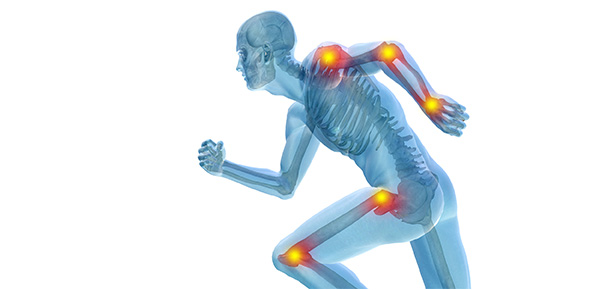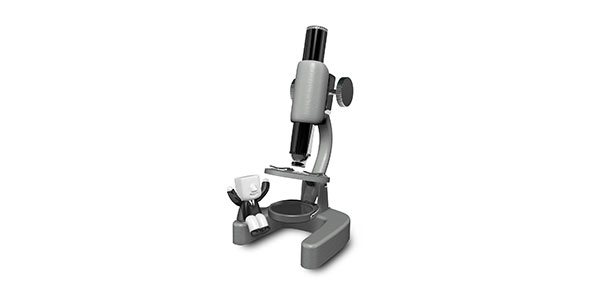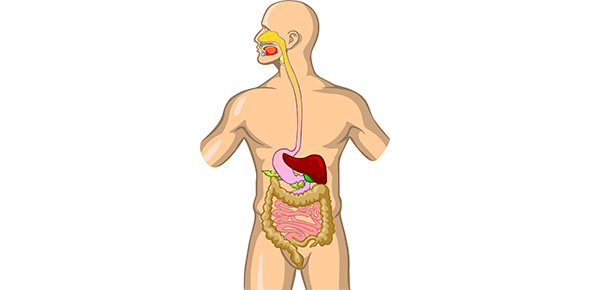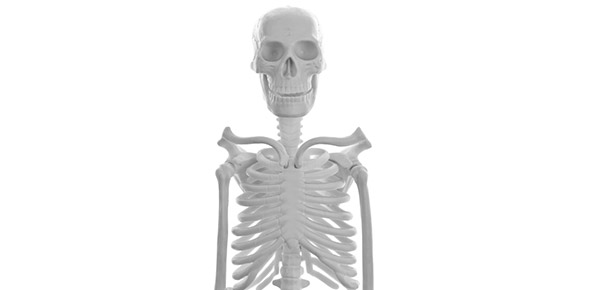Related Flashcards
Related Topics
Cards In This Set
| Front | Back |
|
What do enzymes do?
|
Enzymes control/promote metabolic reactions.
|
|
What is an anabolic reaction?
|
An anabolic reaction is when larger molecules are made from smaller ones (building) and they require an input of energy.
|
|
What happens in a catabolic reaction of carbohydrates, lipids, and proteins?
|
In catabolic reactions of carbohydrates, lipids, and proteins, a water molecule is needed to break them apart and is called hydrolysis.
|
|
What is a catabolic reaction?
|
Catabolic reactions are when molecules are broken down into smaller molecules and these reactions release energy. The energy is stored in bonds.
|
|
What happens in an anabolic reaction of carbohydrates, lipids, and proteins?
|
In anabolic reactions of carbohydrates, lipids, and proteins, a water molecule is 'split' out (is part of the products reaction) and is called a dehydration synthesis.
|
|
Fill in the blank:
Energy required to get a reaction started is called .
|
Energy required to get a reaction started is called activation energy.
|
|
How do enzymes serve to lower the activation energy of a reaction?
|
Enzymes serve to lower the activation energy of a reaction by weakening the bonds of the substrate molecule.
|
|
What are substrates?
|
Substrates are the substances that enzymes act on and the active site of the enzyme is where the substrate binds. (lock and key analogy)
|
|
Fill in the blank:
are specific.
|
Enzymes are specific. For example enzyme 'x' helps substrate 'a' become product 'b'. it will not help any other reaction.
|
|
What do cofactors do?
|
Cofactors serve to activate the enzyme (the helper's helper) and they are either minerals or coenzymes.
|
|
What can alter enzymes?
|
Heat, radiation, electricity, chemicals, and extreme pH values can alter enzymes.
|
|
What is the goal of cellular respiration?
|
The goal of cellular respiration is to release the energy stored in the bonds of molecules (from the food we consume) in the form of ATP.
|
|
What are the phases of cellular respiration?
|
The phases of cellular respiration are: glycolysis, processing of pyruvic acid, citric acid cycle, and the electron transport system.
|
|
What is the form of energy used by our cells?
|
The form of energy used by our cells is ATP (adenosine triphosphate); the bonds between the phosphate molecules contain HUGE amounts of energy.
|
|
What is the definition of energy?
|
Energy: the capacity to change matter or to move something.
|








